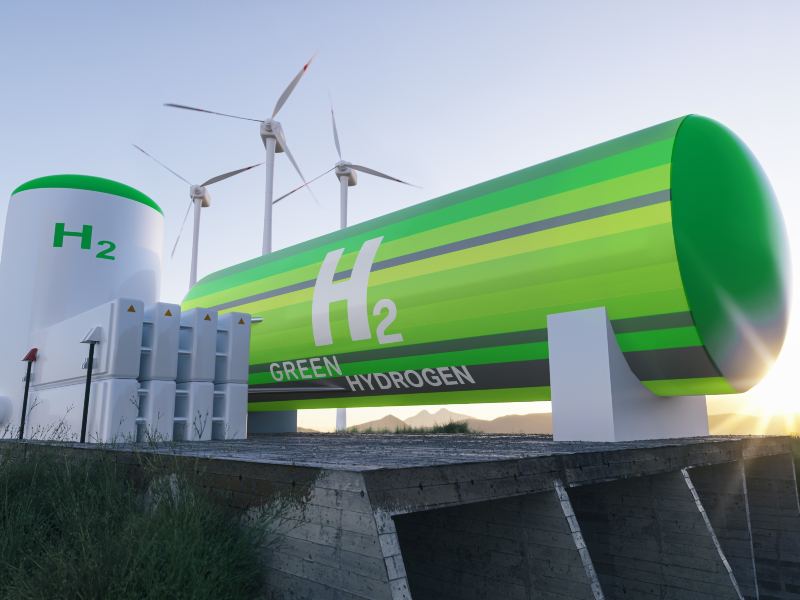

Image: 123rf
Spain has the potential to produce the most competitive green hydrogen in Europe, according to a scenario presented by engineering advisory firm AFRY. However, there are some doubts about whether the country will be able to meet its ambitious hydrogen targets for 2030.
An online discussion organized by AFRY (Spain – A Future Leader in Renewable Hydrogen?) highlighted why Spain has great potential to develop a hydrogen economy. As of 2023, 54% of the electricity produced in the country will be renewable, and AFRY predicts this decarbonization trend will continue.
Evidence of this trend is the impressive forecast of solar power projects scheduled for the next few years, which is favorable for electrolyzers.
And according to senior energy market consultant Pablo Cubels, this pipeline of projects is what will make Spain successful in the green hydrogen sector.
“By 2050, we expect a demand for hydrogen of 400 million tonnes per year,” says Kubels, explaining that electrolysis will be a key technology to realize that demand.


Currently, Spain has four hydrogen plants in operation with a total electrolysis capacity of 30MW, giving it the fourth largest electrolysis pipeline of any country in the world, Kubels added.
favorable conditions
Mr. Cubels highlighted several factors that make Spain ideal for developing a hydrogen economy.
A favorable regulatory framework is one such factor. The government has set ambitious targets and offered 3 billion euros ($3.2 billion) in support for renewable hydrogen projects. Additionally, the government has taken steps to reduce project OPEX and simplified permitting for electrolysis facilities.
Have you read it?
Q-Cero Alliance to decarbonize Spain’s thermal energy needs
German power company STEAG acquired by Spanish company for 2.6 billion euros
Another important factor is that Spain has the richest solar resources in Europe, Kubels said. Together with its land capacity, the country is ideal for combined solar and hydrogen projects. Interest in these projects is growing, especially when combined in clusters, where different players can share costs and benefit from economies of scale.


Another important factor is that the country imports large amounts of gray ammonia and gray methanol, Kubels explains. Ports, LNG terminals and related infrastructure are already in place to process methanol and ammonia.
“We can free up all this infrastructure to export hydrogen derivatives,” Kubels said, and in the long term we can develop a hydrogen backbone to connect these hubs and ports.
Challenges and delays
Kubels explained that there are benefits to using existing infrastructure, but delays are to be expected.
Even if market demand is strong, Spain’s goal of building a 23GW electrolysis project pipeline by 2030 may not be realized. AFRY is more conservative, predicting that a quarter of these GWs will be deployed. This is due to a lack of demand responsiveness, supply chain bottlenecks and hydrogen’s lack of cost competitiveness.
Energy Transition Podcast: How to build a viable green hydrogen economy
Kubels added that the development of this sector will require huge investments amounting to 30 billion euros ($32.3 billion), and will also require major upgrades to the electricity grid to avoid future connectivity constraints. .
Finally, Mr. Cubells pointed out that one of the aspects that must be considered in hydrogen production is the amount of fresh water required for the project. On average he needs nearly 70 liters of pure water for 1 kg of hydrogen. That means he would need 100 million tons of electrolyzed hydrogen, equivalent to 3% of today’s total industrial water demand.
“This doesn’t seem like a big deal, but the reality is complicated,” Kubels says. Water shortages and erratic rainfall can be a problem in Spain and can be a deterrent to project development.
Despite these challenges, Kubels believes that Spain’s renewable resources and already well-developed electricity grid mean it is in a position to stay ahead of its European peers in developing a hydrogen economy.
